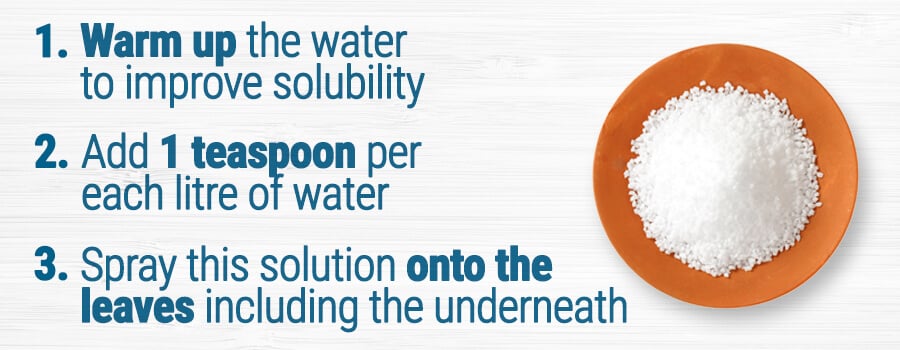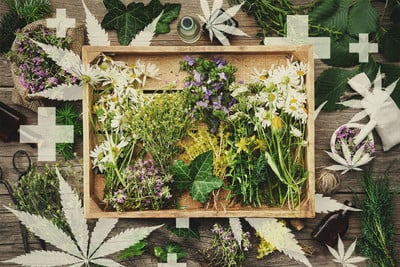.

Sulphur Deficiency In Cannabis Plants
Although cannabis plants don't need much sulphur, the lack of this key mineral can cause some serious signs of deficiency and even affect the health of buds. Read on for more information on how to prevent and solve sulphur deficiencies.
HOW TO IDENTIFY?
There are many factors that need to be taken into consideration when growing cannabis. In order to support a crop that boasts yields of maximum quality and quantity, plants must have access to vital nutrients all the way through the vegetative and flowering phases of the growing cycle. Cannabis requires a plethora of key nutrients that enable plants to grow at the proper rate, build proteins and stay healthy all the way through harvest. One such nutrient is sulphur.

THE IMPORTANCE OF SULPHUR WHEN GROWING CANNABIS
Sulphur is considered an essential mineral for plants that fulfils a variety of important functions. The mineral contributes to enzyme formation and helps in the construction of proteins as sulphur is found within some amino acids. Plants only require relatively small amounts of sulphur, but since it plays such an important role, the lack of this nutrient can manifest in severe symptoms of deficiency.
Sulphur is also crucial in the formation of chlorophyll molecules. Chlorophyll is the green pigment that gives cannabis leaves their signature colour; its plays a major role in the process of photosynthesis by helping to absorb light. Plants rely on photosynthesis by converting light into energy in order to survive. Sulphur also plays a role in the metabolism of nitrogen within plants, another nutrient that fulfils essential functions.

SULPHUR DEFICIENCY
Sulphur deficiency is something growers will want to avoid. There are numerous signs and symptoms to look out for to detect and ultimately remedy such a deficiency. One of the key signs is a state known as chlorosis, which is basically the yellowing of leaves on the plant. The yellowing will most likely start to affect the newer and younger leaves residing toward the top of the plant. Although other deficiencies can also result in chlorosis, one sign that sulphur deficiency is present is that yellowing begins at the base of the leaves and works its way toward the tips.
Something else to look out for is discolouration on the underside of leaves. If a sulphur deficiency is occurring, then growers may notice pink, red and orange colours manifesting in this location. If a sulphur deficiency sets in during the flowering stage of the growing cycle, the flowers themselves might start to die. This is certainly the worst outcome, though certain measures can be taken to reverse and prevent this condition.

FIXING A SULPHUR DEFICIENCY
If your plants are suffering and exhibiting signs of sulphur deficiency, the next logical step would be to introduce forms of sulphur into the substrate. One option here is to use Epsom salts in order to top up levels within the soil. It has been reported that around 1 or 2 teaspoons of Epsom salts per gallon of water can suffice as a sulphur supplement.
Additionally, many fertilisers are available that provide adequate levels of this important nutrient. Ammonium sulphate is one of such fertiliser that contains 24 percent sulphur. Another good option would be to use calcium sulphate, which contains between 15-18 percent sulphur. Potassium sulphate can be used to top up levels and contains 18 percent sulphur. Finally, potassium magnesium sulphate can be added, containing an impressive 22 percent sulphur.
Manure is also a good source of sulphur and provides an easy, natural option for those living on or nearby farms. Adding a layer of manure over a garden bed of cannabis plants will serve as a constant source of sulphur. The manure will leach the nutrient into the soil over time as it composts into the substrate.








































